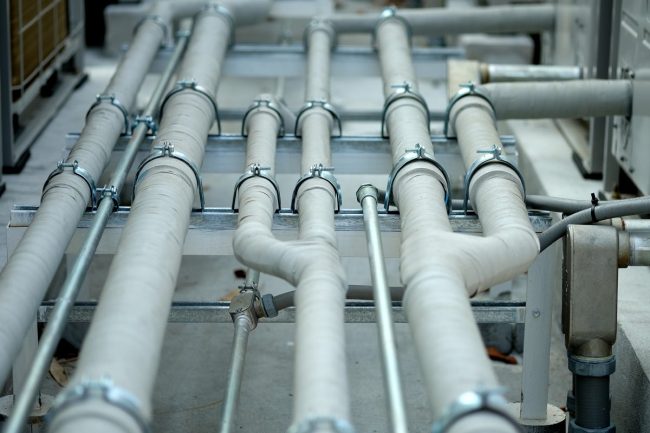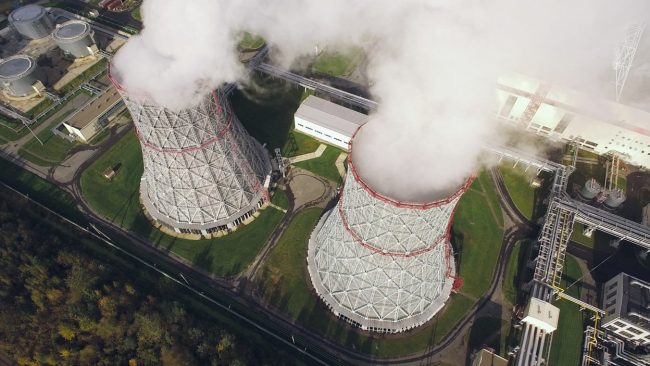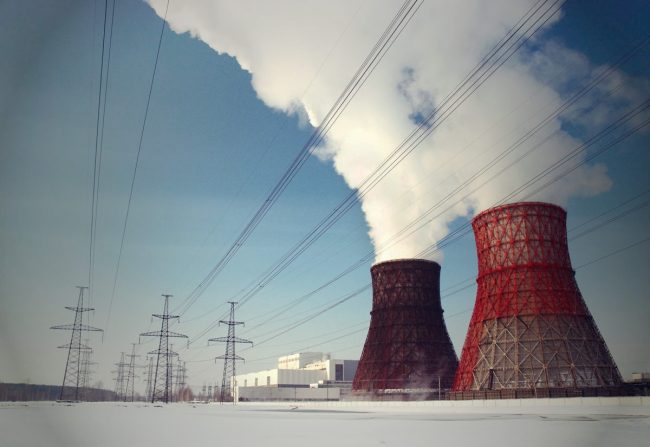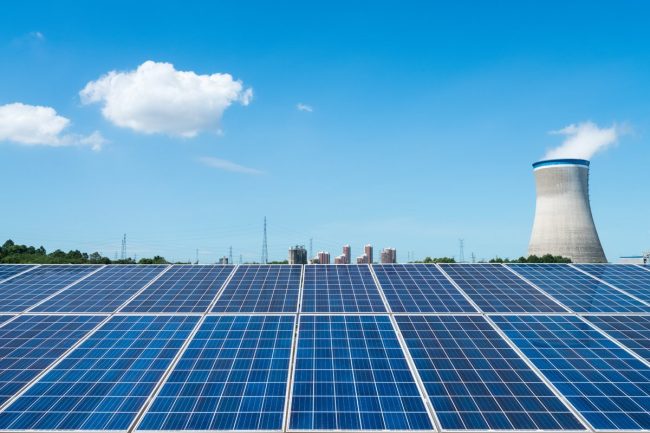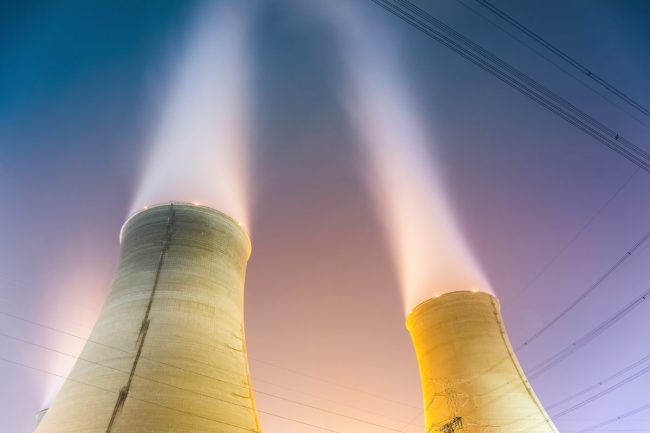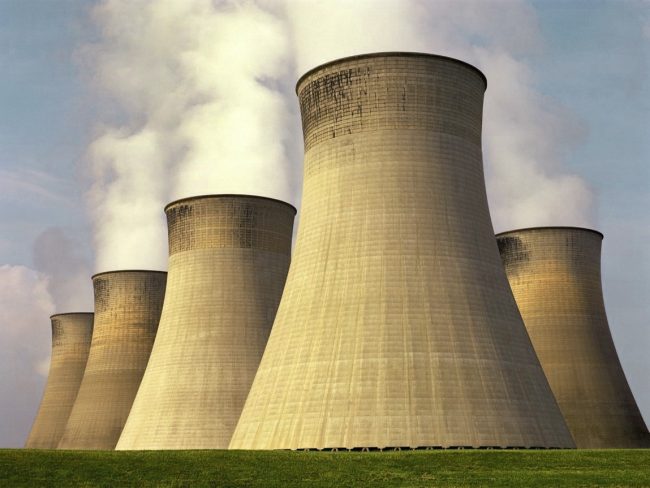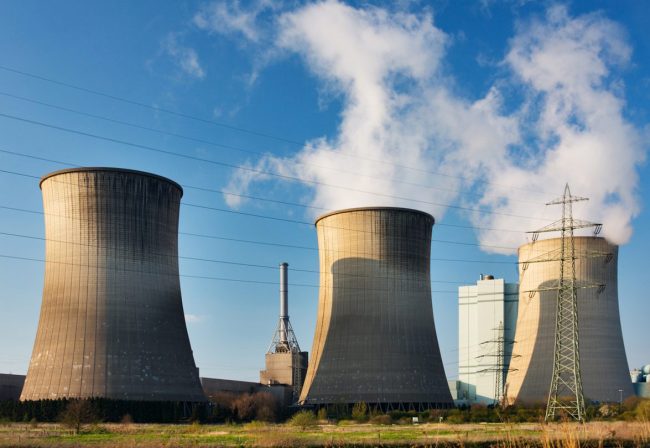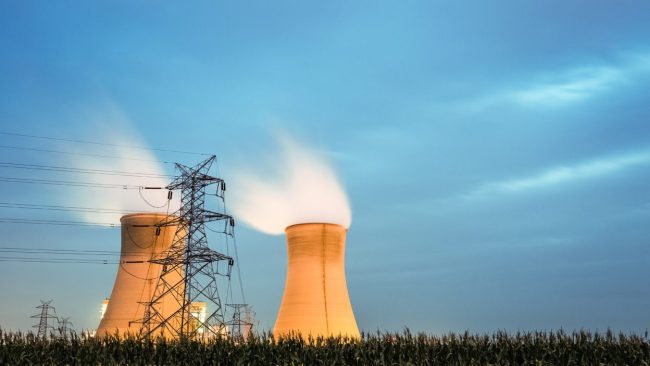How Do Chillers And Cooling Towers Work?
Cooling towers operate as large-scale heat exchangers, often placed atop a building, blowing air across a coil to remove heat. A chiller, meanwhile, is a large piece of industrial equipment located inside a building. There are many different types of chillers, yet all chiller models will contain an evaporator and a condenser. How Do Cooling…

